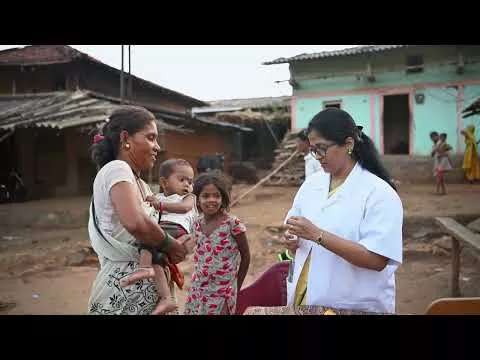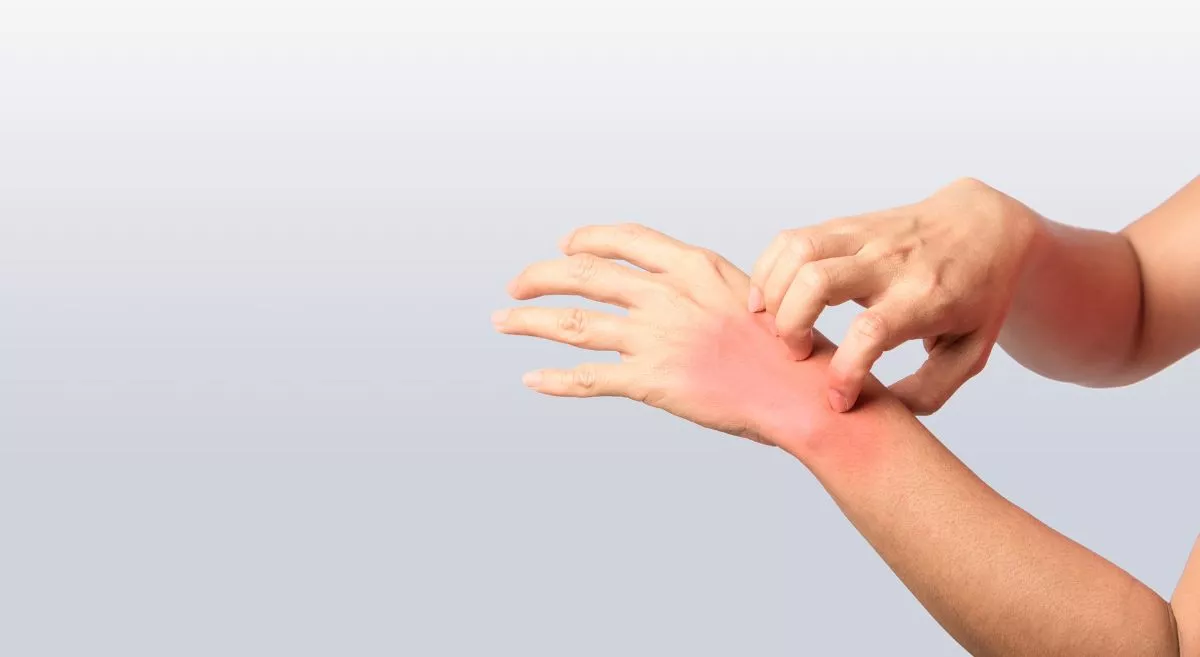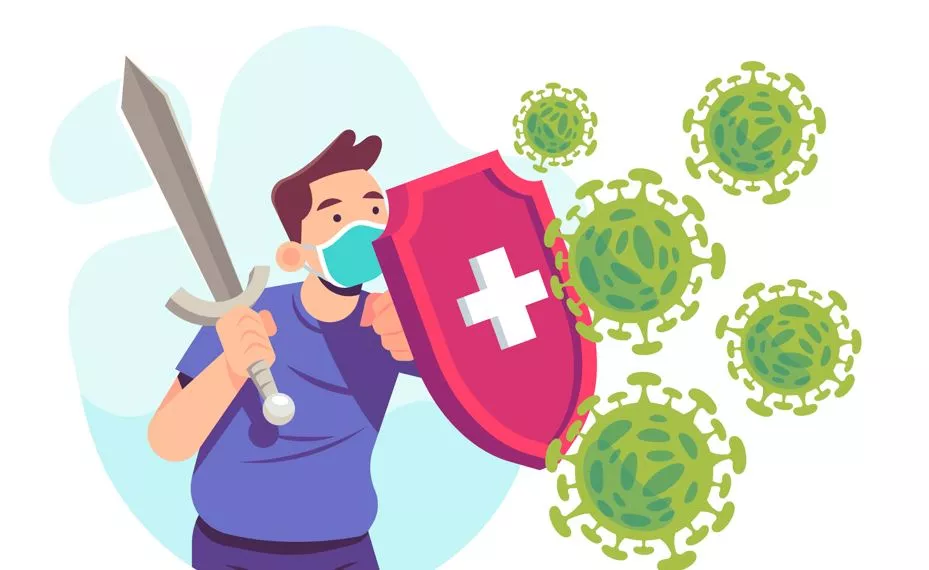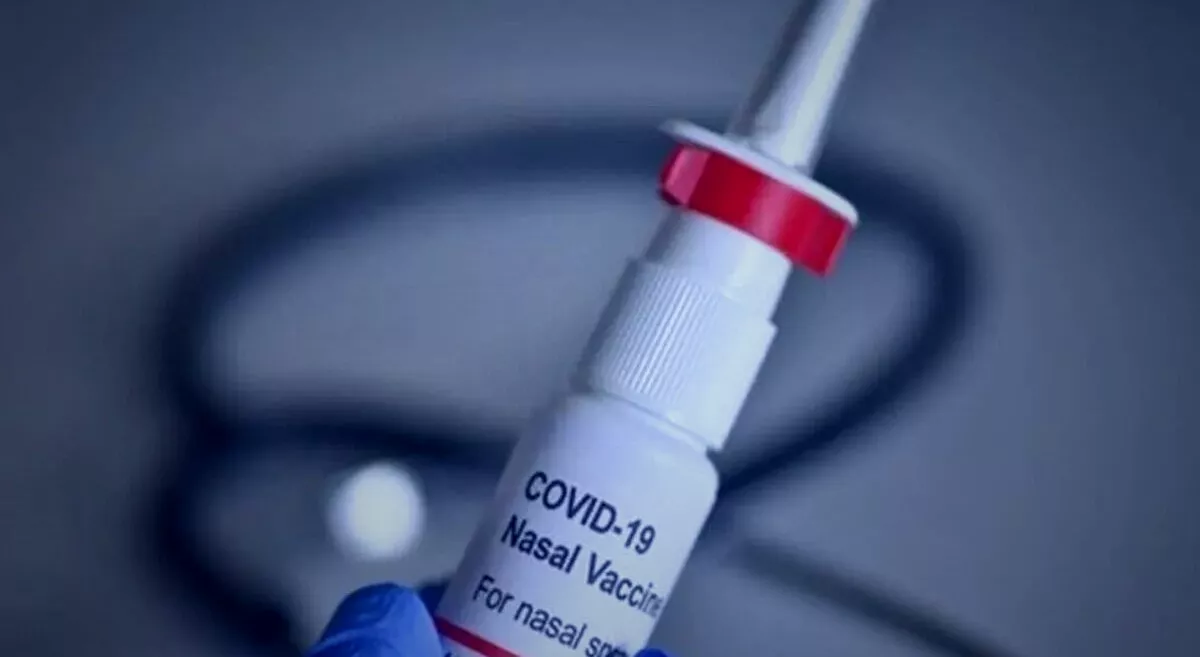Understanding and Combating Malaria: A Global Health Challenge
Due to a lack of proper global healthcare infrastructure, malaria continues to be a huge problem. As of 2023, there have been an estimated 263 million malaria cases reported, with 597,000 deaths globally. The majority of these cases come from Africa—nearly 94%. Efforts to alleviate these numbers have been met with struggle due to issues like drug and insecticide resistance, funding shortages, and even climate change.
Understanding Malaria
Malaria is caused by Plasmodium parasites, which are transmitted to humans through the bites of infected female Anopheles mosquitoes. Once infected, the malaria life cycle begins in the human body, progressing through the liver and blood stages. A person who has been infected will typically experience malaria symptoms such as high fever, chills, headache, and vomiting. If left untreated, these symptoms can quickly escalate into life-threatening conditions, requiring immediate and constant medical supervision. Young children and pregnant women are especially vulnerable.
Strategies for Eradication
1. Vaccination
Malaria vaccines such as RTS,S/AS01 and R21/Matrix-M are significant breakthroughs in malaria prevention. These vaccines have shown a reduction in clinical malaria cases in children, making them key tools in global malaria eradication strategies.
2. Vector Control
Controlling the mosquito population and protecting individuals from mosquito bites are vital steps. Methods like Indoor Residual Spraying (IRS) and the use of Insecticide-Treated Nets (ITNs) remain effective, though the rise of insecticide-resistant mosquito strains presents a growing challenge that requires innovative solutions.
3. Prompt Diagnosis and Malaria Treatment
Early detection through rapid diagnostic tests (RDTs) combined with effective malaria treatment—especially artemisinin-based combination therapies (ACTs)—are essential. However, growing artemisinin resistance in certain regions means that diversified treatment strategies are urgently needed. In severe or complex cases, consulting an infectious disease specialist in India can offer expert guidance and improve patient outcomes.
4. Community Engagement
Active participation from local communities enhances the success of prevention and treatment efforts. By educating community members about malaria symptoms, transmission, and prevention techniques, people are more likely to adopt protective behaviors, such as using ITNs and seeking timely treatment.
5. Global Collaboration and Funding
Global unity and strategic funding are vital for making progress. The WHO Global Technical Strategy for Malaria aims to reduce the disease’s morbidity and mortality by 90% by 2030. However, funding gaps—estimated at $4.3 billion annually—pose a serious threat to achieving these targets.
The Path Forward
To eliminate malaria, a comprehensive and resilient strategy is essential:
Innovation: Develop new tools to tackle resistance and adapt to climate-related changes in transmission patterns.
Equity: Ensure fair access to prevention and malaria treatment, especially for those in high-risk areas.
Resilience: Strengthen health systems so they can effectively manage malaria alongside other public health concerns.
Conclusion
Malaria is caused by a complex interplay between parasites, mosquitoes, and humans—but it is preventable and treatable. With continued global commitment, education, and investment in scientific research, the dream of a malaria-free world can become a reality. If symptoms persist or complications arise, it’s essential to consult an infectious disease specialist in India for accurate diagnosis and advanced care.








